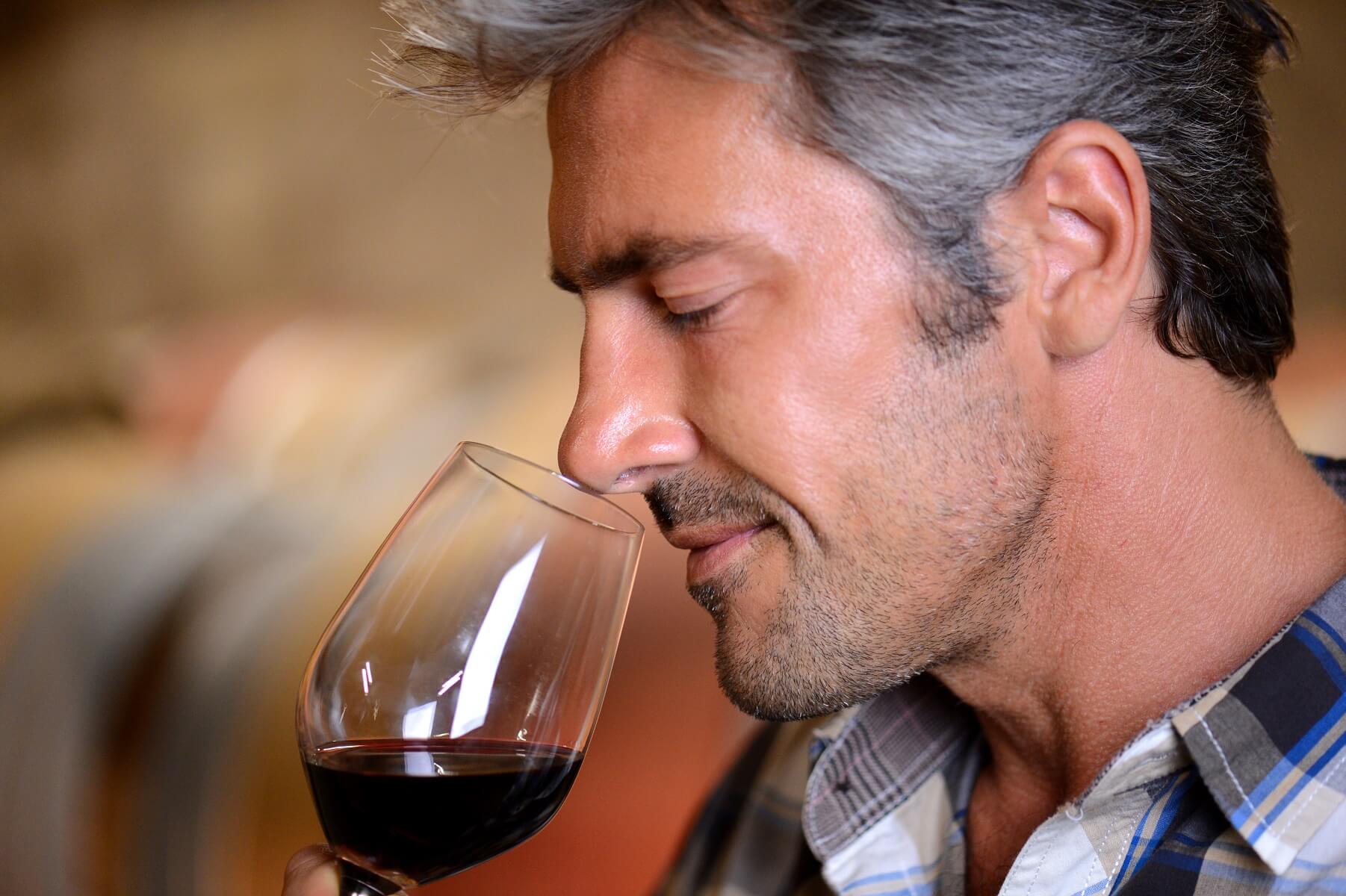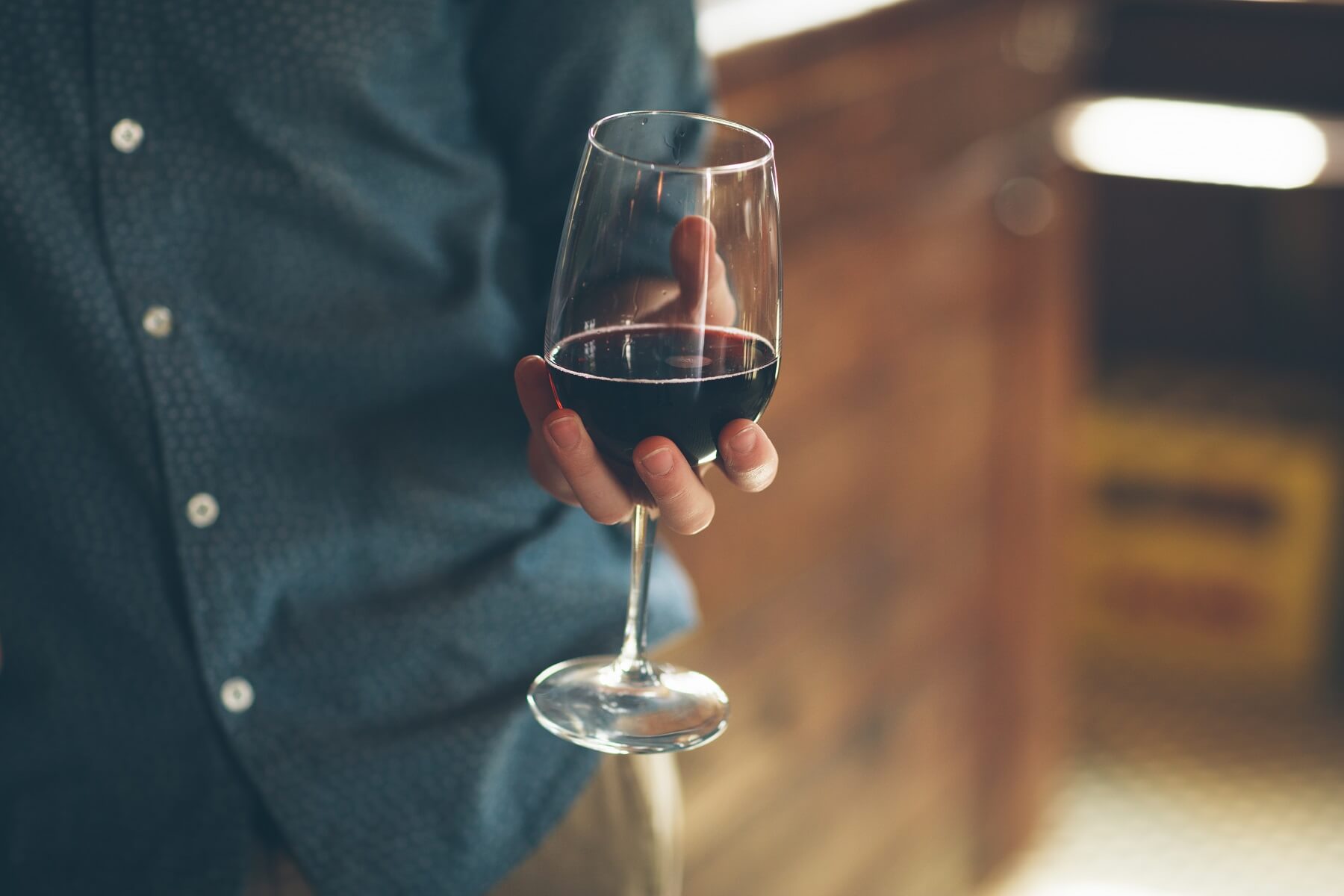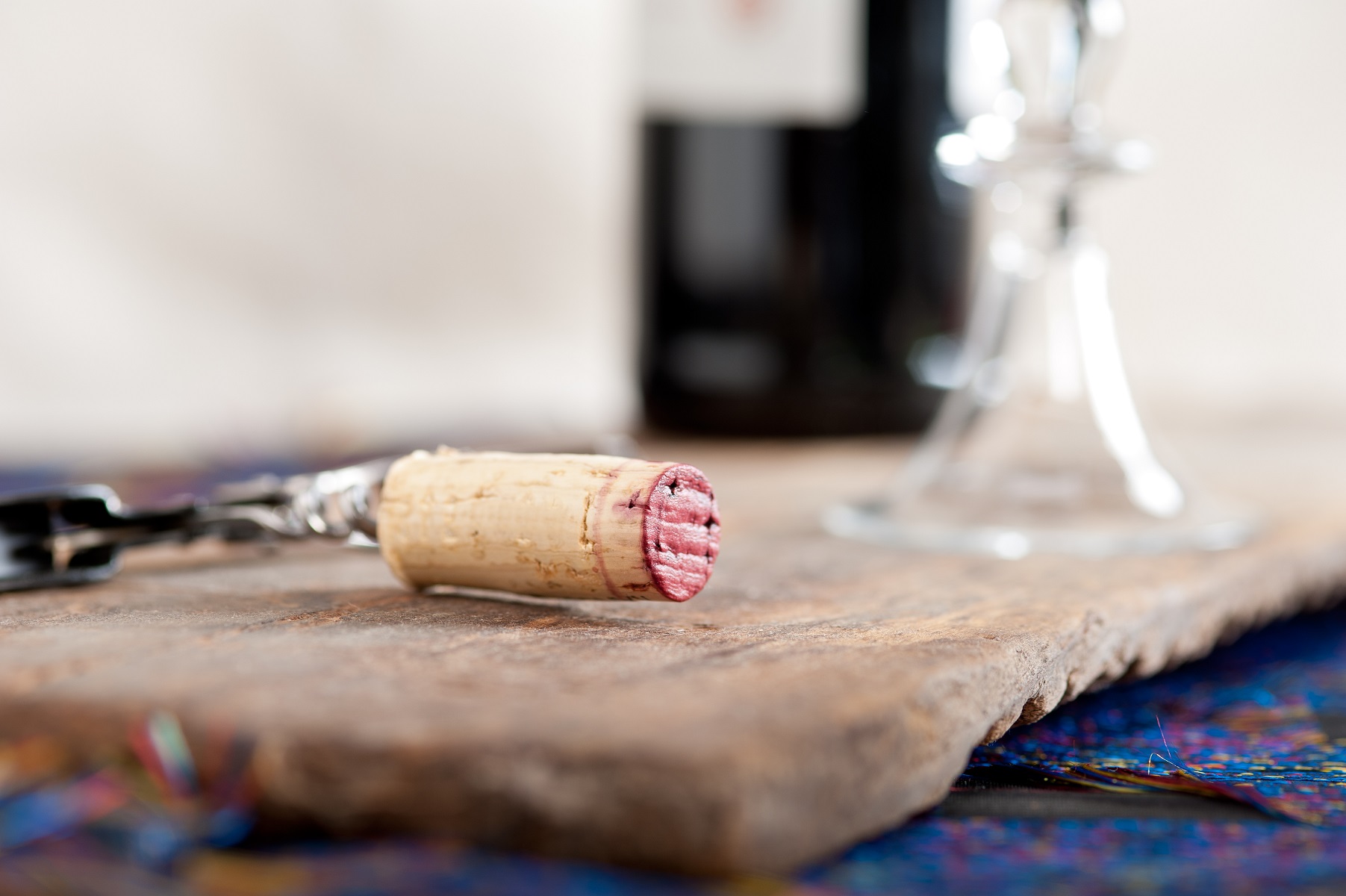

If you’re into wine, the chances are you’ll want to continue developing your palate - that is, to continue working on your ability to more fully appreciate the flavours and aromas of wine by experiencing them more completely and immersively.
Our senses are incredible things, and our sense of taste and smell are perhaps the most amazing of all. One whiff of a particular perfume can whisk me back in time fifteen years, to memories long buried and moments long past.
However, like any other part of our brain or body, our senses need to be exercised, in order to keep them sharp, and keep them operating at maximum speed and capability.
If you’re into wine, the chances are you’ll want to continue developing your palate - that is, to continue working on your ability to more fully appreciate the flavours and aromas of wine by experiencing them more completely and immersively.
Training your palate helps you enjoy and experience wine at a higher level, and it really is possible to improve your senses to get more out of every glass.
Develop your senses
Some people have a naturally highly attuned wine palate. They can take one quick sniff or sip, and be able to detect all those hidden flavours and aromas immediately - even the ones which always sound so ridiculous and abstract when we read tasting notes or listen to the professionals.
For the vast majority of us, it takes a bit of work to be able to pick up on the secondary flavours of wine, let alone the even subtler ones.
Have you ever tasted a wine, and suddenly found yourself thinking of a very specific flavour, or scent? Maybe the aroma of a wine took you to a specific place in your memory - a leaf-littered forest, or an old study complete with leather armchairs and the remnants of pipe tobacco.

Perhaps the taste caught you, and you picked up on a hint of ground ginger and spice, or a particular fruit that you tried once… if you’ve ever experienced this, and tasted or smelled something which goes beyond the realms of white wine or red wine, then you’re already well on your way.
Your palate is a combination of your taste buds - which are not just on your tongue, but also partly on the roof of your mouth and inside your cheeks - as well as your tongue as a whole, and perhaps most importantly, your nose.
To train your palate and improve your ability to taste wine, you need to be able to pay attention to what is going on in each of these sense zones.
Here are six simple methods and exercises, which you can keep in mind the next time you settle down with a nice big glass of wine.
1. TAKE IT SLOW
Nobody wants their pleasures rushed. If you’re eating your absolute favourite food in the world, you don’t wolf it down, and get it into your tummy as fast as you can… well, not all the time, at least. Generally, you savour it. You let it sit on your tongue. You experience it as fully and as slowly as you can.
The same approach should be used for wine - slow it down, try to drink more mindfully, and pay attention to what it is doing in each part of your mouth.
How is your brain reacting? What flavours can you detect? Not only will you enjoy the wine more, you’ll be able to pick up more notes with every swig.
2. FOLLOW THE RIGHT STEPS
Look, then smell, then taste. The colour of wine isn’t really that important when it comes to the aroma or flavour, but it does play a small part. Our brains react quite strongly to colour (there are some great clips on youtube of people being given several identical plain yoghurts, all dyed different colours - everybody ‘tasted’ a whole range of flavours as their brains tricked them) and deep red wines prepare our brains for richer, more complex flavours, just as pale white ones have us anticipating zesty acids, etc.
Taking a moment to look at the colour will help us develop the analytical part of our brain, something which is key to pushing our palate to being more responsive. Plus, wine can be really pretty, and you should never pass up the opportunity to appreciate how something looks!

3. USING YOUR MIND’S EYE
Before sipping, get your imagination into gear. Close your eyes, and inhale that aroma. Using visualisation techniques can be a great way to isolate each of the aromatic notes of the wine, and ‘travel’ through the layers of fragrance.
For example, when I sniff a good Bordeaux, the first thing that hits me is the scent of red and black berries. I recognise their presence, then move a little deeper. Next, I can visualise plums, followed by woodsmoke, dead leaves…. This takes a bit of practice, but by trying to ‘see’ the different components, you can explore the taste and smell of a wine much more effectively.
4. THE INITIAL TASTE
Most wines will have a dominant flavour, and it can be easy to get stuck on this when you’re tasting wine. However, there will always be other, interesting notes lurking somewhere underneath, and it’s these we need to focus on when trying to take things further.
Once you identify one flavour, ask yourself - ‘what else?’, and deliberately put that flavour aside in your mind, and seek out the next one. Try to recognise how the flavours change as they hit different parts of your palate, and use your memory and imagination to see how much more you can taste.

5. BODY AND TEXTURE
There’s more to wine than just flavour and aroma. Wines have textures, too, and the thinness, fatness, silkiness or weight of a wine is something to keep in mind. Moving your tongue around on your palate is a good way to experience the tannins, acids and different textural features, and this is another way to bring out more of those secondary characteristics.
One of my favourite wines is Viognier, and this can be quite a fatty, oily wine. It’s difficult to explain why this is the case, but once you’ve experienced it, it’s unmistakable from then on.
6. WORK THOSE BRAIN CELLS
Developing your memory is a massive part of wine tasting and palate training. It comes with time, with practice and with repetition (which means you have to drink plenty of wine… not such a bad thing!), and the ability to take a moment to commit to memory all the different features you come across. Some flavours and aromas will stick in your memory more than others - for me, the elderflower taste of my favourite Hungarian wines, and the earthiness of a good Rioja are the ‘unforgettable’ ones, which I always recognise each time I experience them. It might help to note things down - take a pen and paper out next time you’re trying a bottle of wine and see if this works for you.

My final piece of advice? Get out of the comfort zone. Try wines you expect not to like, or which aren’t your normal cup of tea. Knowing what you don’t like, and understand why this is the case is a great way to get to know what you do like, and you may find that your first impressions of a wine you disliked were actually off the mark to begin with.
There are thousands upon thousands of wines out there. Go forth, my friends, and taste them all! In the meantime, get onto our wine quiz and meet your top three wines types!
Next up: Take our Wine Palate Quiz and match your personal tastes to your top three wine types
Do you know your wine personality? If your answer is no, take our quiz to find out which wines to pick up next and build your box!
Build my box





